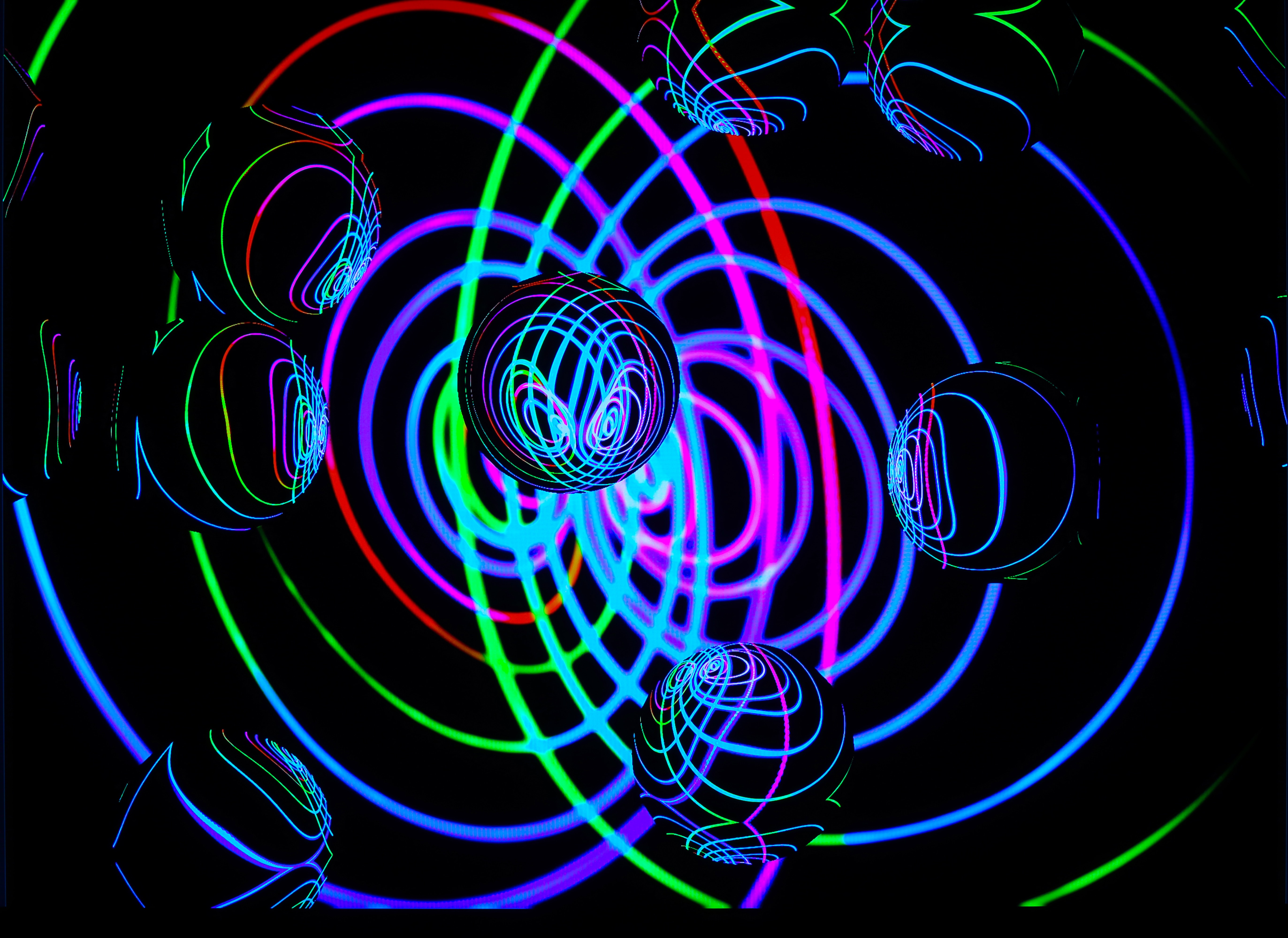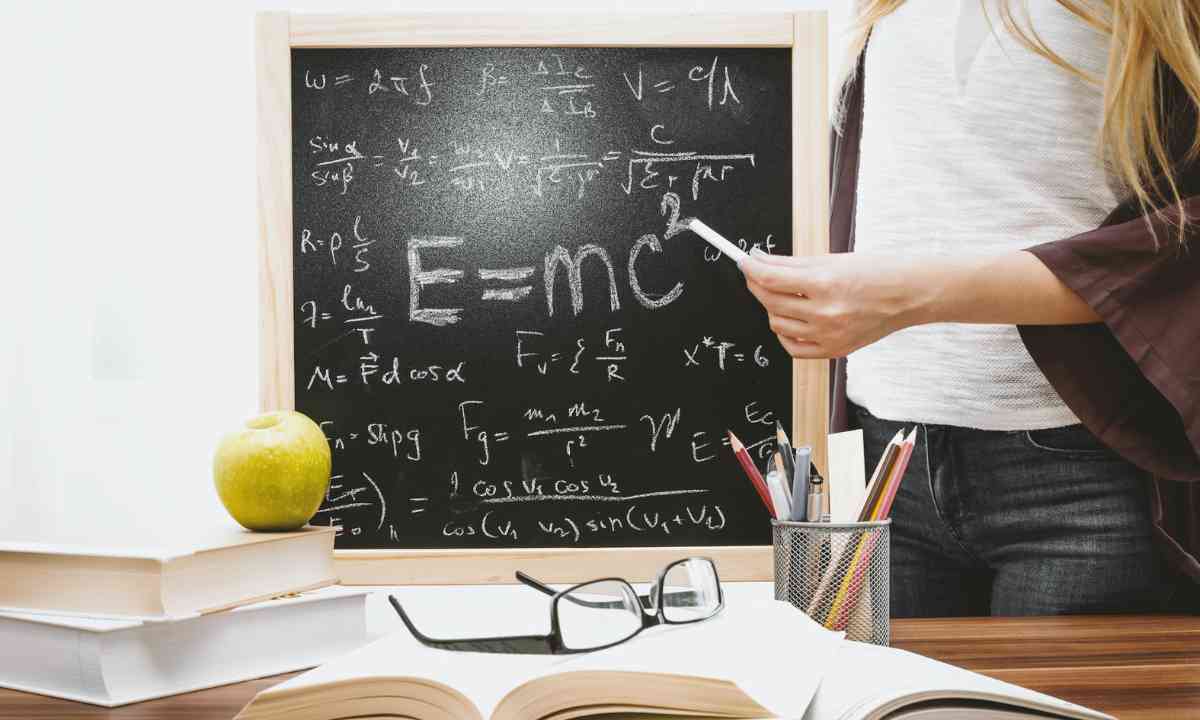Quantum physics, also known as quantum mechanics, is a branch of physics that describes the behaviour and interactions of particles at the atomic and subatomic levels. It is a fundamental theory that explains the nature of matter and energy and provides a new understanding of the fundamental building blocks of the universe. Five facts about quantum physics are:
1. The quantum world is lumpy
Just like looking for the right pair of shoes, quantum physics can be challenging and sometimes it is difficult to find the perfect fit. Rather than being able to select a size of your own, you must choose from predetermined ones. This is similar to the world of subatomic particles where energy is restricted and comes as specific "quanta" which can only be measured in multiples of the Planck constant - a term coined by Max Planck, the famous physicist. Planck was working to reconcile the discrepancy between theory and observation of the energy emitted by hot objects such as the sun. Our current understanding did not line up with what was being observed. Planck's revolutionary proposal that energy is quantized triggered a new era of discoveries. It earned Einstein a Nobel Prize and encouraged the development of cutting-edge technologies, as well as an enhanced comprehension of the universe's basics.

2. Objects can be in multiple places at once
Wave-particle duality is a phenomenon of superposition where quantum objects can exist in multiple states at once. For example, an electron can exist in two places simultaneously. It is only when we do experiments to figure out its whereabouts that it finally settles into a specific state. Quantum physics is all about chances; until we observe something, we can only guess what state it's likely to be in. The probability of a certain event happening is represented in a mathematical construct called the wave function. When an object is observed, it collapses this wave function and puts it into one single state, ending the superposition. Schrödinger's well-known cat experiment is based on the idea that a cat inside a closed box is interconnected to a quantum device. Until the measurement is taken, the device remains in a dual state and thus, the cat is both alive & dead at the same time. This idea exists until we observe it.
_1680628427.png)
3. It may lead us towards a multiverse
According to the Copenhagen interpretation of quantum physics, observation has a collapsing effect on wave functions and leads to a quantum decision being made. Additionally, there is the 'many worlds' theory which states that at the moment of measurement, reality splits into two copies. One where outcome A manifests and the other in which outcome B plays out. Using this description, the need for a witness to initiate the result is no longer necessary as there are a variety of interpretations of reality. From a quantum viewpoint, there is one particular reality that consists of countless intertwined layers. We can see that the layers of reality become clearer and more defined as we increase the scope of our observation. This has led to the theories of many worlds, which suggests that there are multiple versions of reality existing in parallel. Physicists refer to this untangling process as decoherence. This theory may revolutionize our existing knowledge of the universe by granting us access to a much deeper understanding of reality. It has the potential to completely revolutionize how we view and interact with the world.
_1680629694.png)
4. Without it the sun wouldn’t shine
Nuclear fusion is the scientific process of generating energy that the sun utilizes. This involves uniting two positively charged particles, famously known as protons. Despite having a positive charge, the protons repel each other due to electric force. This creates an impediment known as the Coulomb Barrier, blocking the two particles from fusing. But there's a catch - if we think of protons as waves rather than particles, the situation changes. When the wave's crest hits the barrier, the front edge has already passed through. It's only when protons are seen as waves and not particles that this is true. When the peaks of these waves arrive at the obstacle, their beginning has already moved past it. The wave's size points out where exactly the proton will most likely be located. While it is unlikely to be at the front edge, there is still a chance that it will be there. The process of 'quantum tunnelling' allows protons to traverse a barrier that usually prevents fusion in the first place, thus creating a chain reaction of events.
_1680629512.png)
5. It is more than a little 'spooky'
Einstein's theory of "spooky action at a distance" supports the notion that light is composed of particles. He also accepted quantum entanglement, although no one completely understands it yet - but it is a proven phenomenon. Quantum entanglement occurs when two particles become intertwined. This is because the Pauli exclusion principle forbids them from being in the same state - e.g. when one particle is in state A and the other particle is in state B. This phenomenon has been a crucial area of interest for physicists and scientists alike. Even if they are miles away from each other, any modification in the state of one particle will cause an instant alteration in the state of another particle, regardless of their distance. This suggests that data concerning the deviation has been transmitted between particles faster than light speed, something which Albert Einstein deemed impossible.
_1680628690.png)
©️ Vygr Media Private Limited 2022. All Rights Reserved.
























